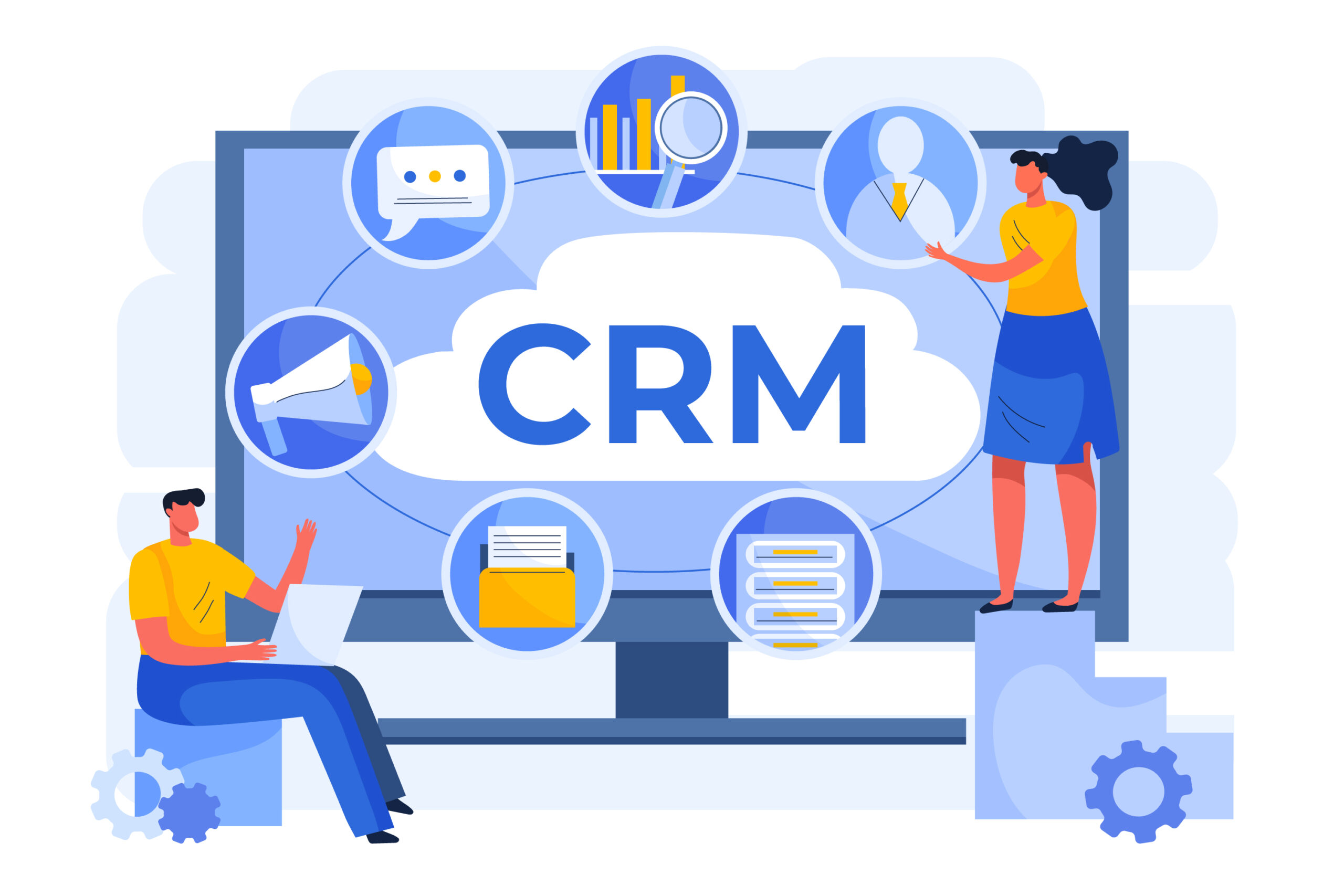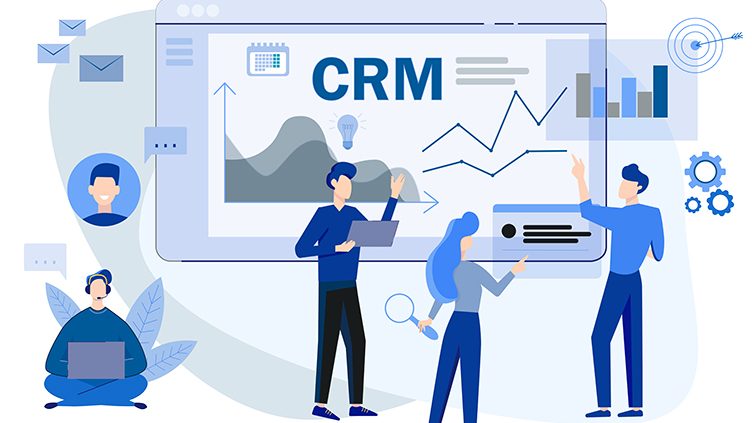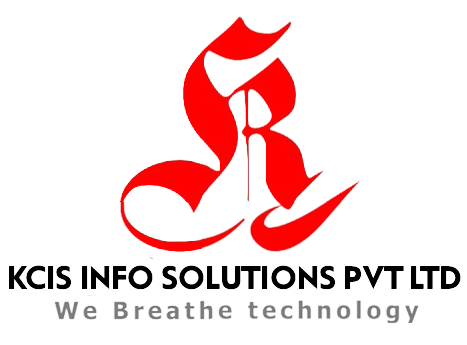CRM(Customer Resource Management)

It appears there might be a slight confusion in the acronym. CRM typically stands for Customer Relationship Management, not "Customer Resource Management." Let me provide you with an overview of Customer Relationship Management:
Customer Relationship Management (CRM) refers to a set of practices, strategies, and technologies that businesses use to manage and analyze customer interactions and data throughout the customer lifecycle. The primary goal of CRM is to improve and enhance customer relationships, ultimately leading to increased customer satisfaction, loyalty, and business growth.
Customer Data Management: CRM systems store and organize customer information, including contact details, purchase history, preferences, and interactions. This central repository allows businesses to have a 360-degree view of their customers.
Sales Automation: CRM software often includes tools for managing sales activities, such as lead tracking, opportunity management, and sales forecasting. This helps sales teams streamline their processes and close deals more efficiently.
Marketing Automation: CRM systems can automate marketing campaigns, email marketing, and customer segmentation. This enables businesses to target the right audience with personalized messages.
Customer Support and Service: CRM software helps support teams manage customer inquiries, issues, and requests. It tracks customer service history and ensures timely responses to customer needs.

CRM can benefit businesses in various ways, including improving customer retention, increasing sales revenue, enhancing customer service, and fostering long-term customer loyalty.
Popular CRM software options include Salesforce, Microsoft Dynamics 365, HubSpot CRM, and Zoho CRM, among others. The choice of CRM system depends on the specific needs and scale of the business.

